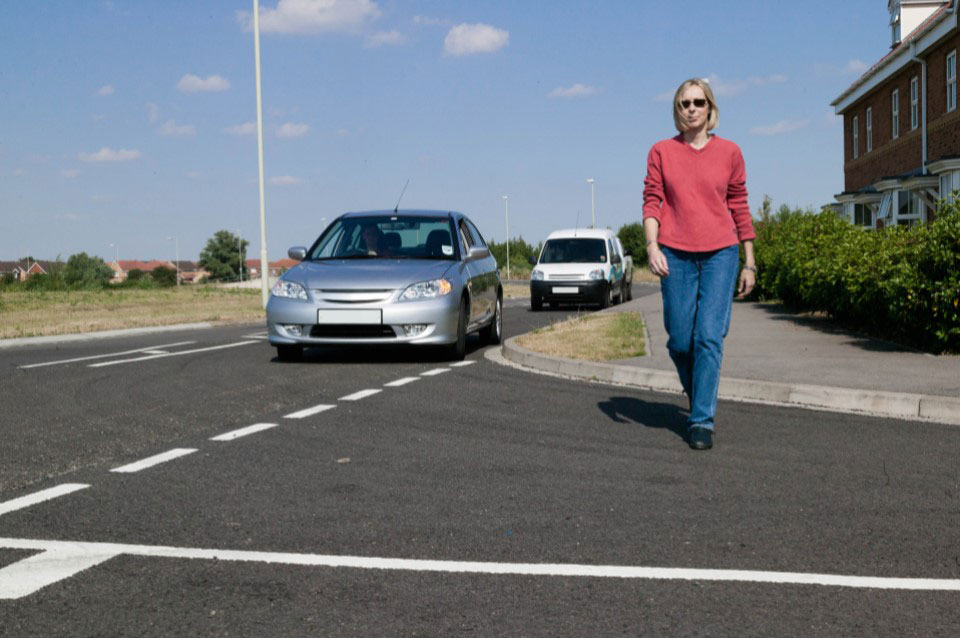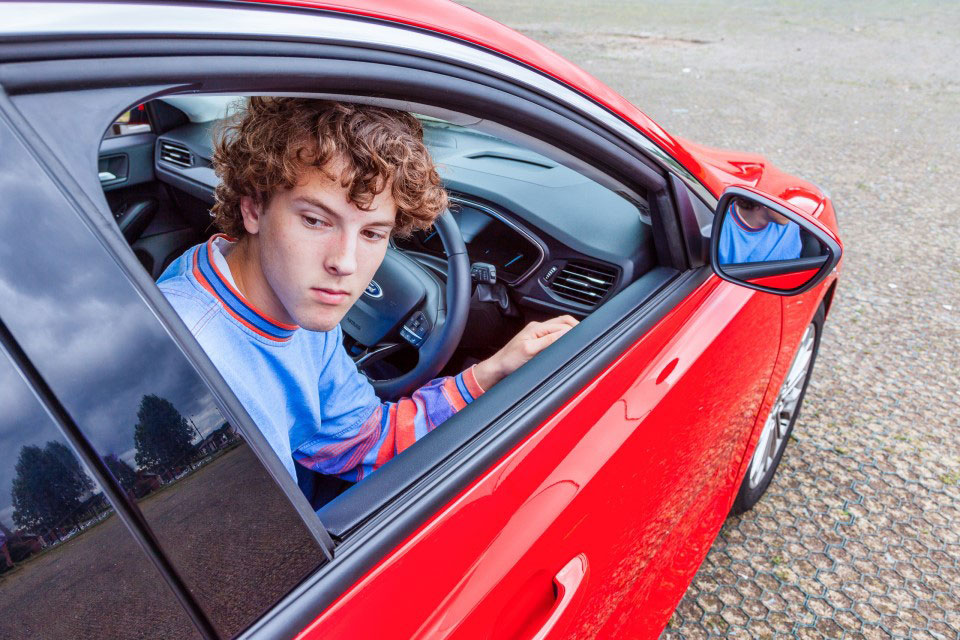The Highway Code Update
On 29 January 2022, the Department for Transport published amendments to the Highway Code. These changes in particular aim to improve safety for pedestrians and cyclists.
A key change is the addition of a section on the hierarchy of road users, which now places those road users who are at greatest risk in the case of a collision (pedestrians, followed by cyclists) at the top of the hierarchy (Rule H1).
Rules H2 and H3 state that motor vehicles should give way to both cyclists and pedestrians when turning into or out of a road.
Rules H2 and H3 state that motor vehicles should give way to both cyclists and pedestrians when turning into or out of a road.
The new rules H1, H2 and H3 are summarised below. For the list of rules, please refer to The Highway Code (DfT).
Rule H1 – The hierarchy of road users
Those in charge of vehicles that can cause the greatest harm in the event of a collision bear the greatest responsibility to take care and reduce the danger they pose to others. This principle applies most strongly to drivers of large goods and passenger vehicles, vans/minibuses, cars/taxis and motorcycles. Cyclists, horse riders and drivers of horse-drawn vehicles likewise have a responsibility to reduce danger to pedestrians.
The hierarchy of road users:
1 Pedestrians
2 Cyclists
3 Horse riders
4 Motorcyclists
5 Cars/taxis
6 Vans/minibuses
7 Large passenger vehicles / heavy goods vehicles
1 Pedestrians
2 Cyclists
3 Horse riders
4 Motorcyclists
5 Cars/taxis
6 Vans/minibuses
7 Large passenger vehicles / heavy goods vehicles
Source: DfT Highway Code: Introduction – Rule H1
Rule H2 – Giving way at junctions
- At a junction you should give way to pedestrians crossing or waiting to cross a road into which or from which you are turning.
- You must give way to pedestrians on a zebra crossing, and to pedestrians and cyclists on a parallel crossing.
- Pedestrians may use any part of the road and use cycle tracks as well as the pavement, unless there are signs prohibiting pedestrians.

Source: DfT Highway Code: Introduction – Rule H2
Rule H3 – Turning into or out of junctions
You should not cut across cyclists going ahead when you are turning into or out of a junction or changing direction or lane, just as you would not turn across the path of another motor vehicle. This applies whether they are using a cycle lane, a cycle track, or riding ahead on the road.
Do not turn at a junction if doing so would cause the cyclist going straight ahead to stop or swerve.
Source: DfT Highway Code: Introduction – Rule H3
Further guidance for motorists
The Highway Code has established guidance on safe passing distances for motorists when overtaking pedestrians in the road or cyclists:
- allow at least 2 metres of space and keep to a low speed when passing a pedestrian who is walking in the road (for example, where there is no pavement)
- leave at least 1.5 metres when overtaking cyclists at speeds of up to 30mph, and give them more space when overtaking at higher speeds
Guidance is also provided on how motorists should open their vehicle door. Open the door using your hand on the opposite side to the door you are opening; for example, use your left hand to open a door on your right-hand side. This will make you turn your head to look over your shoulder. This method is more likely to avoid causing injury to cyclists or motorcyclists passing on the road or to pedestrians on the pavement. This is often referred to as the Dutch Reach (see below).

Source: B&NES Transport Planning Briefing Note, George Edwards
Further new rules and amendments for cyclists
- Responsibility is placed on cyclist when using shared space with pedestrians.
- Ride in the centre of the lane when on quiet streets, in slow moving traffic or when approaching junctions to increase visibility.
- Ride at least 0.5m from the kerb edge when on busy roads to allow faster moving vehicles to overtake.
- At junctions with no separate cyclist facilities, cyclists should proceed as if they were a motor vehicle, riding in the middle of the lane.
- Cyclists are not obliged to use cycle lanes or cycle tracks
Source: B&NES Transport Planning Briefing Note, George Edwards